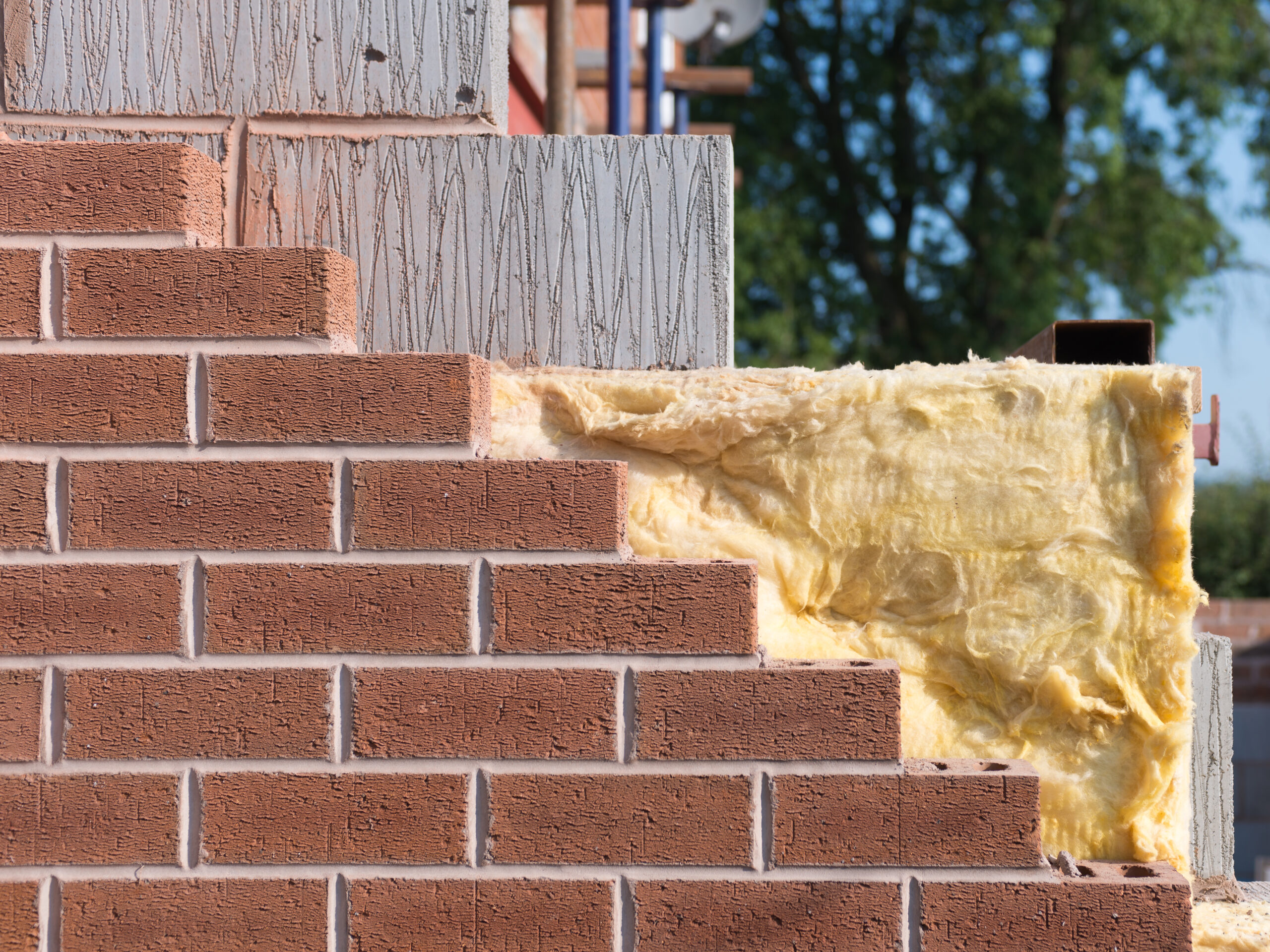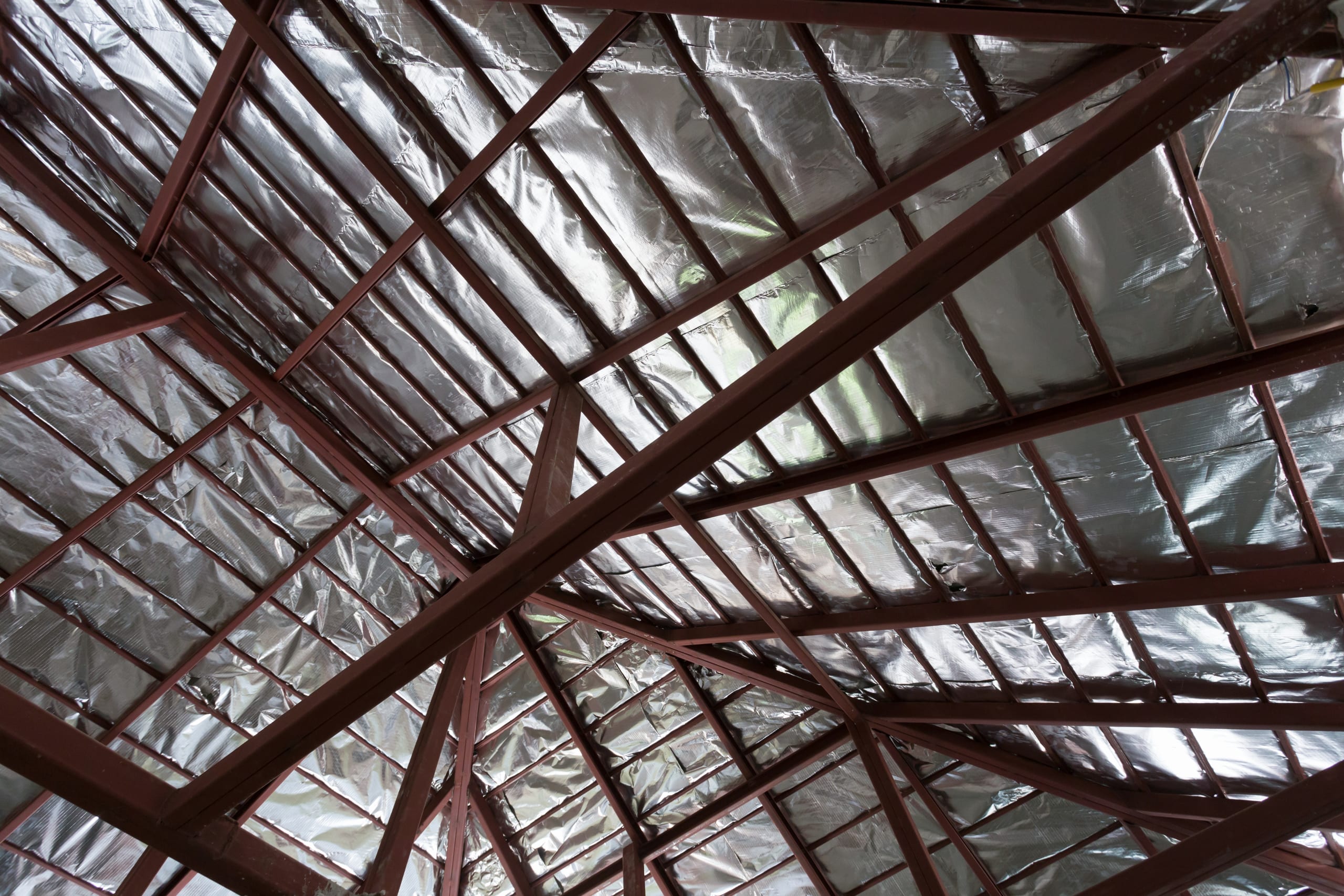PIR Insulation Board
(217 Products)With energy prices constantly on the climb, energy-saving materials like PIR have become quite a hot topic (ironically) in the construction industry. With a low thermal conductivity of just 0.022 W/mK, PIR boards offer high thermal performance, making them ideal for people who want to improve the thermal envelope of their homes and commercial spaces. We stock PIR insulation boards from industry-leading brands like Celotex, EcoTherm, and Recticel in thicknesses ranging from 20mm to 150mm.
What Are PIR Insulation Boards?
Polyisocyanurate, or simply PIR, is a modified and improved polyurethane foam, which has been making its mark in thermal insulation since 1968.
PIR insulation gives contractors and homeowners the best combination of affordability, availability and thermal performance in one robust material.
Equipped with a few simple properties that make it an excellent choice for a range of insulation needs; it has a closed-cell structure (and is water-resistant thanks to this), is extremely lightweight, and is also rigid.
It's also important to note that in most cases its fire resistance aligns with established regulatory requirements. However, we encourage checking the specs of individual boards before purchase.
In short, PIR insulation board is a tough, durable, lightweight insulating board comprising two high-performance aluminium facings sandwiched between a rigid PIR insulation core.
What Applications can PIR be used in?
Polyisocyanurate PIR insulation is a highly versatile material that offers excellent thermal performance. PIR foam board insulation is perfect for trapping air and reducing the thermal conductivity of a space.
PIR boards are an effective thermal insulation solution fit for use in defined roof, wall and floor applications such as:
- Pitched roofs
- Solid masonry walls
- Timber frame walls
- Timber frames & steel framed systems
- Timber frame internal linings
- Floor insulation - screed, concrete slab and timber joist floors
- Loft insulation – between and over timber joists
- Pitched and flat roofs
- Timber frame sheathing (external wall)
- Between timber frame studs (external wall)
- Solid masonry internal linings (external wall)
What Are the Benefits of PIR Insulation Products?
The biggest benefit of choosing a PIR insulation board over other insulation materials is that it is energy efficient and has a low thermal conductivity which helps eliminate thermal bridges.
Let's check the many benefits of using PIR below:
Thermal Efficiency:
PIR insulation board has a certified thermal conductivity as low as 0.022 W/mK, making them one of the most effective insulation materials on the market, second only to Kingspan’s Kooltherm insulation range, which is made from phenolic foam.
In fact, PIR board has such a high thermal performance, that it requires only half the thickness of other mineral-based insulation products to meet the same high standards of thermal protection. You can even use more boards and double the U-Value of the build-up of your products.
Lightweight:
PIR thermal insulation boards are relatively lightweight. They weigh 32 kg/m³, whereas mineral or rock wool weights more than 120 kg/m³ on average. PIR boards are far easier to move, manipulate, and fit compared to other insulation products because of this.
Versatility:
Thanks to their multi-purpose nature, the boards can also be used in a range of applications, such as solid masonry walls as internal wall insulation, cavity insulation or partial fill cavity wall insulation, within new and existing properties.
Whether you're insulating a timber frame or steel frame, a flat roof or pitched roof, we're bound to stock the solution.
We also stock insulated sheet materials such as PIR insulation bonded with OSB board.
Durability:
PIR insulation is highly durable. It is a popular choice for people who need loft insulation between the timber frame because it does not lose its rigidity over time. What's more, PIR boards do not sag or become flimsy thanks to the rigidity of the PIR insulation core.
They even hold their shape against pressure, which is why many people use them to insulate pitched roofs. What's more, the boards are also unaffected by air infiltration and are resistant to the passage of water vapour.
At Materials Market, we stock PIR insulation boards from industry-leading brands like EcoTherm, Celotex and Recticel in different types of thicknesses that range from 20mm to 150mm.
We also sell a range of PIR insulated plasterboard. Insulated plasterboard is PIR insulation bonded to plasterboard. It is designed to mechanically fix onto internal walls.
Types of PIR Insulation
If you're looking for a way to improve the comfort and energy efficiency of a property, installing PIR insulation is a great option. But with so many different types of PIR insulation on the market (from foil facings to mineral glass coating), it can be tricky to know which one is right for your needs.
Different facings offer different benefits, with some offering vapour resistance and others offering flame resistance.
Below, we'll take a look at the most common types of PIR insulation.
General Purpose PIR Insulation Board
General Purpose PIR is a standard foil-faced insulation board.
General purpose PIR boards have wide applicability including pitched roofs, timber frames, floors, walls etc.
They typically have a u-value of 0.022 W/mK.
Cavity Wall PIR Boards
In response to increasing energy efficiency standards, using a thinner, more thermally efficient insulating material ensures that the building footprint does not encroach on internal living space.
When PIR insulation products are utilised in masonry cavity walls, they provide one of the thinnest solutions available owing to their excellent thermal performance.
Comprised of a PIR core sandwiched between low emissivity foil facings on both sides, these boards have an impressive thermal conductivity of just 0.022 W/mK.
Celotex CW4000 products are the best cavity wall insulation for people who want all the benefits of PIR. They are available in thicknesses ranging from 50mm to 100mm and have low emissivity foil facings. The Celotex CW4000 is a range of partial fill cavity insulation, meaning an air gap is necessary between the insulation and the external leaf.
Mineral Glass Coated PIR Insulation
Instead of using aluminium foil facings, these insulation boards are PIR insulation coated with mineral glass. These insulation boards feature mineral-coated glass facers and are purposed for use below single-ply fully adhered roof membrane and multiple waterproofing systems.
Mineral Glass Coated PIR is suited primarily for flat roofs and roof decks. Highly durable, this product is stable and rot-proof.
Frequently Asked PIR Insulation Board Questions
Frequently Asked PIR Insulation Questions
How Is PIR Made?
Polyisocyanurate is a thermoset plastic typically produced as a foam and used as rigid thermal insulation.
The wet foam is placed against a facing and expands to meet another layer of facing. This foam then becomes tacky as it dries and adheres itself between two aluminium foil facings. Manufacturers can stop this process at any time and cook the board under heat and pressure to achieve the thickness they need.
When wet PIR hardens and dries, the board is then cut into different sizes. Manufacturers cure each board in a temperature-controlled space for one day per each 25mm of thickness.
The result is a lightweight, durable insulation board that is easy to manipulate and fit. The board is manufactured with agents that have zero ozone depletion potential (ODP) and zero global warming potential (GWP) meaning it is as gentle on the environment as it is tough on cold spots.
Is a PIR Insulation Board Flammable?
To understand insulation fire ratings, you have to understand the Euroclass system. All PIR board materials in Europe are subject to the Euroclass rating.
The Euroclass rating was created in response to a need for consistent fire class regulations across Europe. Materials range from A1 (non-combustible) to F (combustible). There are also separate scales for smoke production (which range from s1 to s3) and flaming droplets (which range from d0 to d2).
PIR insulation board is rated F (combustible) on the Euroclass scale. We recommend using a build-up of materials that are fire-resistant alongside your PIR insulation board.
Are PIR Insulation Boards Water Resistant?
PIR insulation board is moisture-resistant; the closed-cell structure repels moisture. Homeowners and commercial site managers can ensure the integrity of their spaces for years to come by investing in PIR insulation core boards.
PIR insulation is ideal for people who live in high rainfall areas and those who want to reduce heat loss in their lofts and pitched roofs.
How to Cut a PIR Insulation Board?
The method you choose to cut your PIR depends on your preferences and the thickness of your board. In most cases, we recommend using a hand saw in a dedicated workshop.
You should always mark your measurements on the board before cutting to ensure a concise finish.
Always take proper safety precautions when cutting PIR. We recommend wearing goggles along with thick gloves to protect against accidents.
What Is Ventilated Cladding?
Ventilated cladding, also known as rainscreen cladding, is a building envelope system used in the construction industry to enhance the performance and aesthetics of a building's exterior walls.
It is a two-layered approach to wall construction that provides an additional layer of protection against moisture and improves energy efficiency.
The system consists of an outer cladding layer and an inner weather-resistant barrier. The outer cladding layer, which can be made from materials such as metal panels, terracotta tiles, fibre cement, or natural stone, is mounted away from the building's structural wall using a series of supporting elements like brackets or rails.
This creates an air gap, or cavity, between the cladding and the building's main structure. The purpose of this gap is to allow air to circulate freely, creating a ventilated space that aids in moisture evaporation and regulates temperature.
The inner weather-resistant barrier acts as a second line of defence against water infiltration. It is typically a vapour-permeable membrane that prevents moisture from entering the building while allowing water vapour to escape.

.jpg)
.jpg)
.jpg)

















